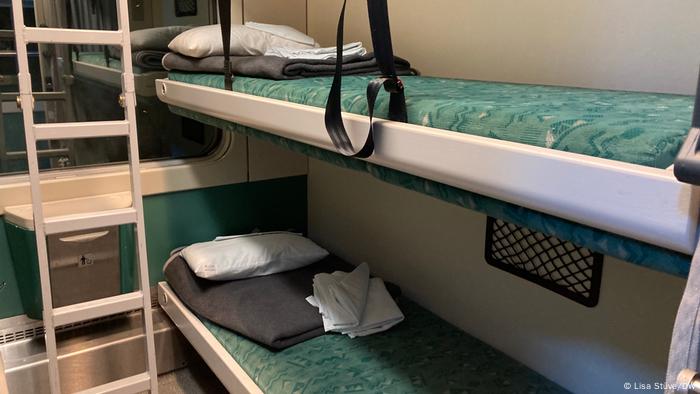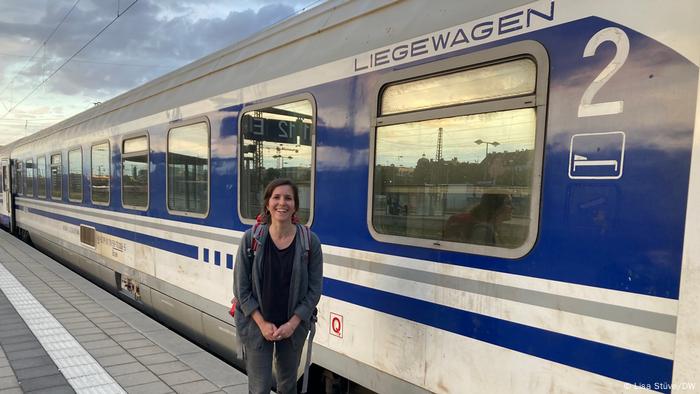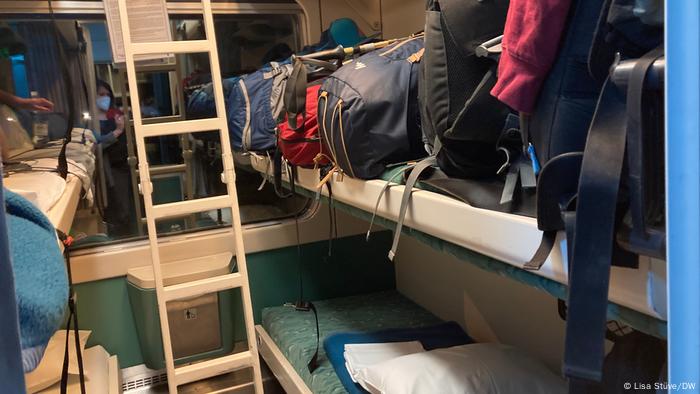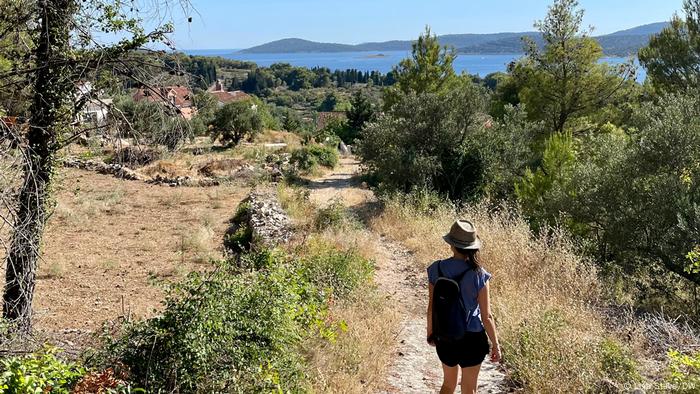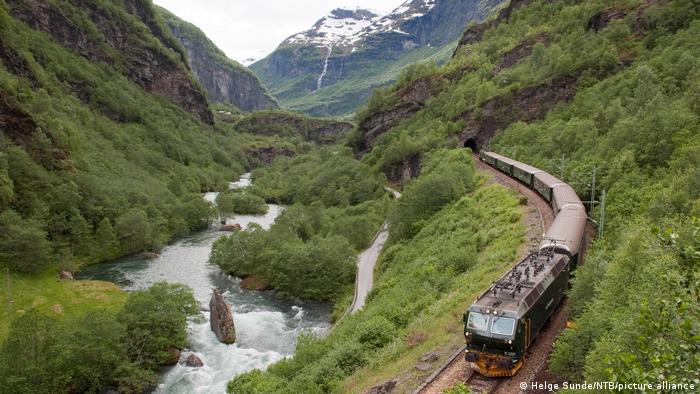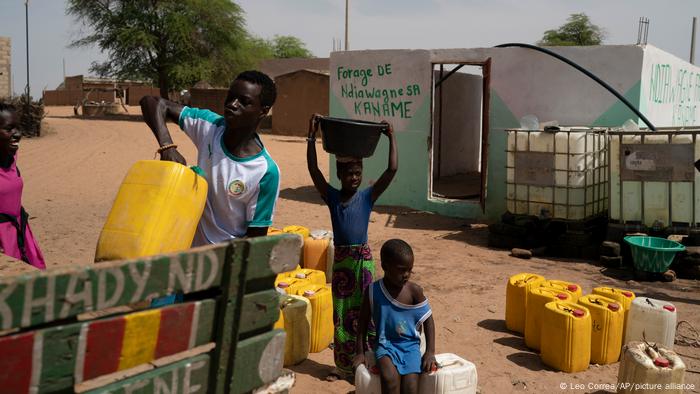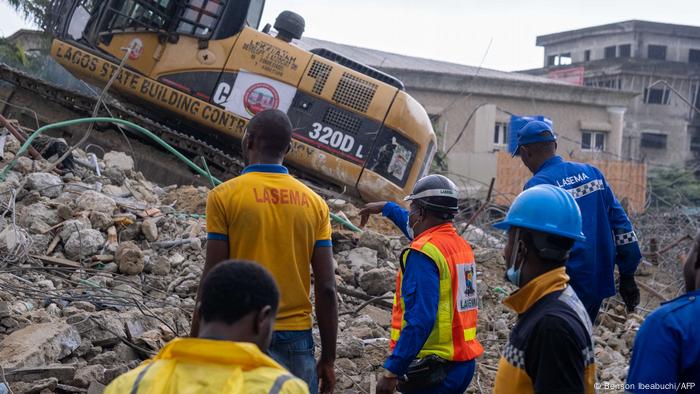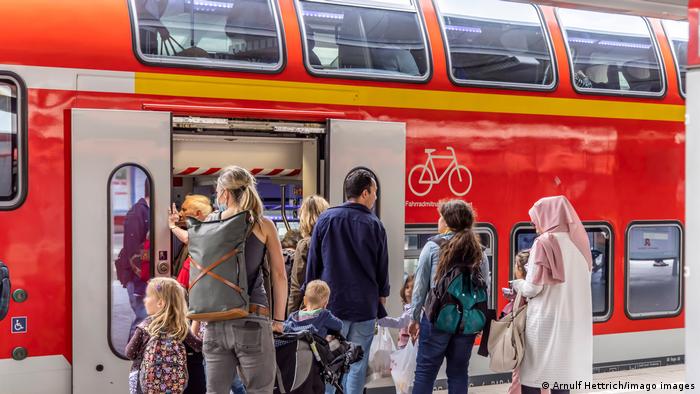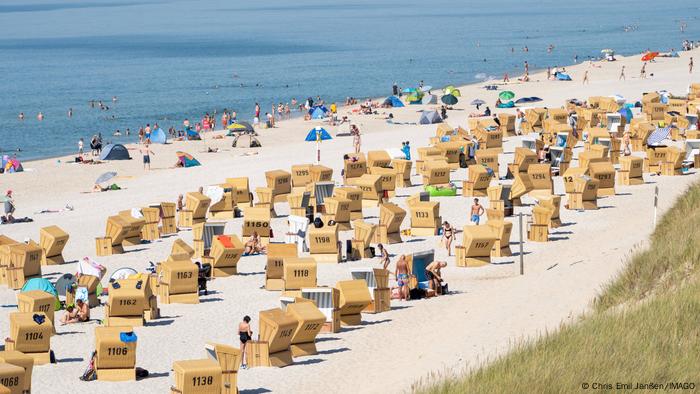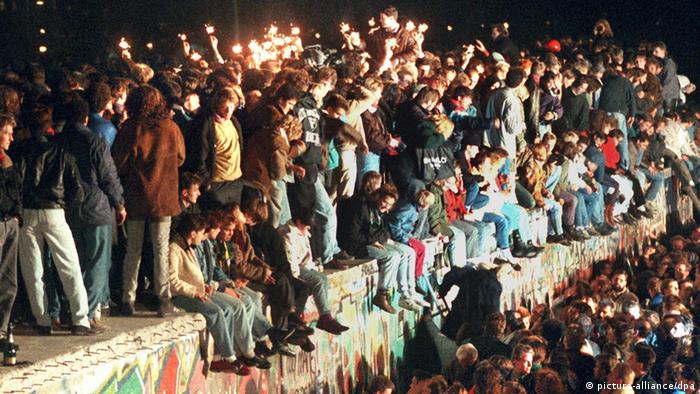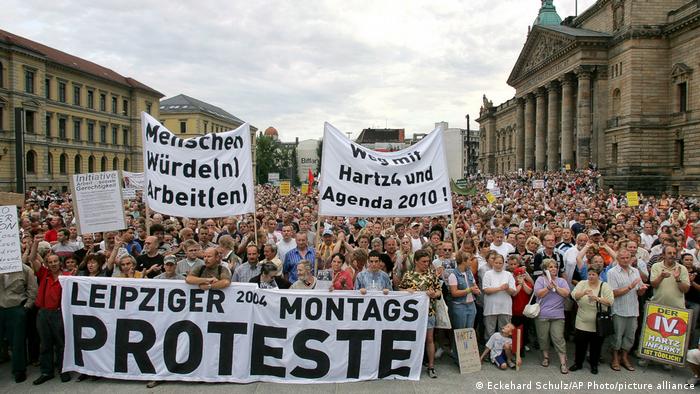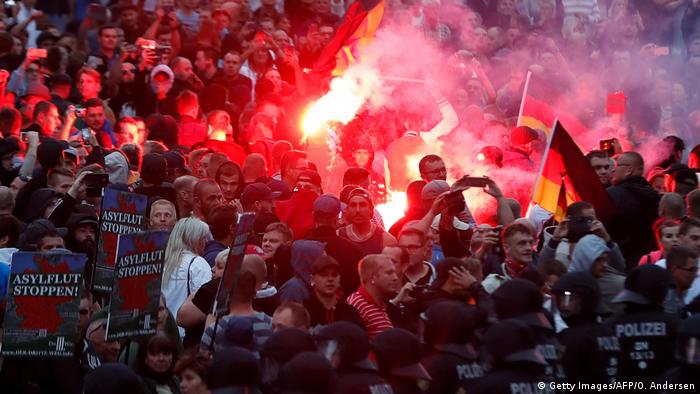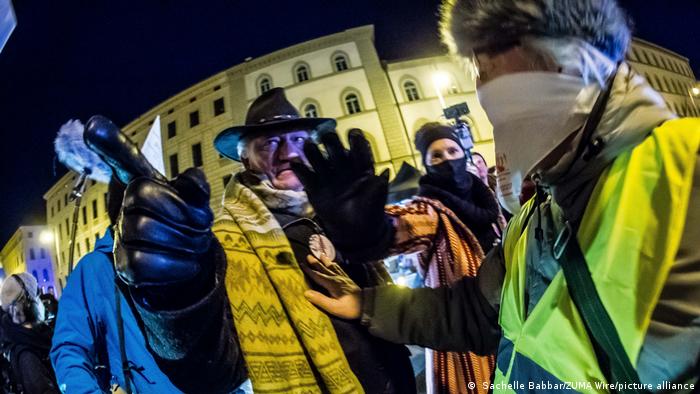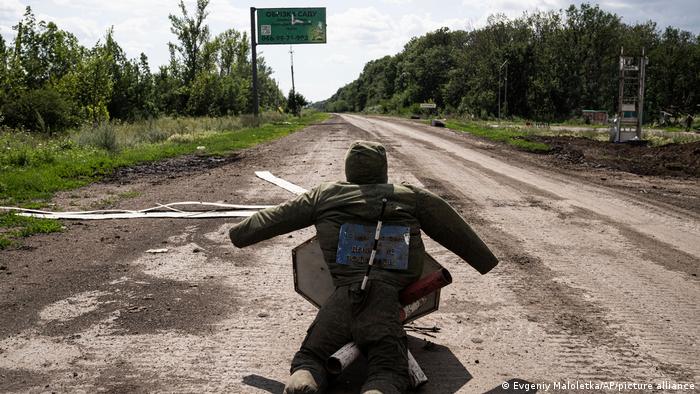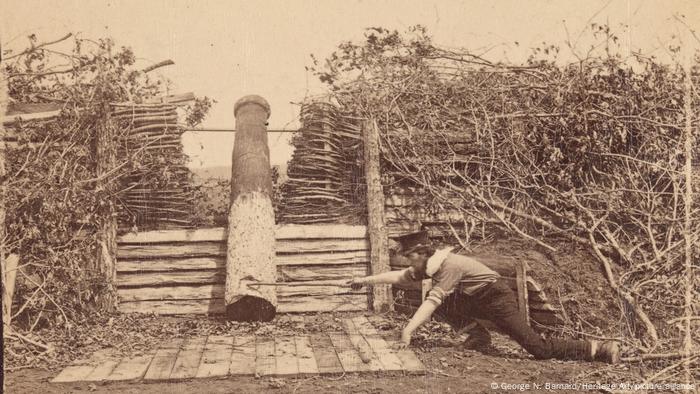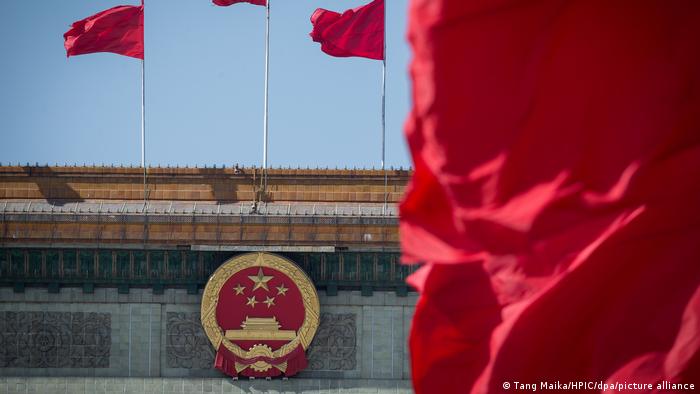Paulina ABRAMOVICH, Paula BUSTAMANTE
Mon, September 5, 2022

President Gabriel Boric vowed Monday to press ahead with efforts to replace Chile's dictatorship-era constitution, hours after voters rejected a first draft in a setback to his leftist reform agenda.
Boric, 36, met the rejection by 61.8 percent of voters with "humility," he said, while adding there was "latent discontent" against deep-rooted social inequality in the country.
Sunday's "No" majority vote -- by a far larger margin than projected by pollsters -- was the latest in a wave of recent political and social showdowns in the country.
It started with protests in 2019 for a fairer, more equal society, which led to a referendum in 2020 in which 80 percent voted for replacing the constitution.

A left-leaning convention was elected last year to do the drafting work, and in December, Boric took office after beating a right-wing rival by campaigning against Chile's neoliberal economic model -- protected by the constitution.
The constitution, which dates from the rule of dictator Augusto Pinochet, is widely blamed for making companies and the elite richer at the expense of the poor, working classes.
Among the proposals that proved most controversial, the text would have entrenched the right to elective abortion and guaranteed stronger protections for Indigenous rights.
- Try again -
After the overwhelming rejection, Boric called on politicians to "put Chile ahead of any legitimate differences and agree as soon as possible on the deadlines and parameters for a new constitutional process."
He invited party representatives to talks starting Monday, but none of the right-wing opposition have indicated whether they would attend.
According to analysts, most Chileans and political parties want a new constitution, but not the one they got to vote on.
One exception is far-right politician Jose Antonio Kast -- Boric's vanquished rival in December elections -- who is against a constitutional change.
"The right is split among the more moderate sectors, which have committed to changes and reforms... and the most extreme sectors, which I believe are not ready for that change," said analyst Cecilia Osorio of the University of Chile.

The referendum was "disappointing" for public servant Carola, who said the draft was "very progressive on environmental issues" and women's rights.
"It is a bit difficult" to accept the rejection, she told AFP.
But Pablo Valdez, a 43-year-old lawyer among those celebrating the rejection, said the outcome made him "hopeful" that "tensions will be reduced."
The Chilean Stock Exchange opened 3.65 percent higher Monday and the peso strengthened 3.2 percent to 885.52 to the US dollar.
Boric, Chile's youngest-ever president painted by his detractors as a "communist", had won his election with promises creating rights-driven "welfare state" in one of the world's most unequal countries.
- 'Pinochet is alive' -
Proposals to protect the environment and natural resources such as water -- which some say is exploited by private mining companies -- garnered much attention in the constitutional debate.
The new constitution would also have overhauled Chile's Congress, while requiring women to hold at least half of positions in public institutions.
Many had feared the new text would generate instability and uncertainty, which could harm the economy.

But supporters believed it would prompt necessary changes in a conservative country marked by social and ethnic tensions.
Although the constitution has undergone several reforms since its adoption in 1980, it retains the stigma of having been introduced during the military dictatorship of Pinochet.
The draft new text was drawn up by an elected, left-leaning constitutional convention made up of 154 members, split equally between men and women and with 17 places reserved for Indigenous people.
Colombia's President Gustavo Petro, an ally of Boric, tweeted after the rejection on Monday that: "Pinochet is alive in some political sectors of the Americas."
The European Union for its part, said it took "note of the commitment expressed by President Boric and across the political spectrum on the need to pursue the constitutional process."
pb-pa-apg/lbc/mlr/bgs
Too much, too fast? Why Chile’s draft constitution was roundly rejected
FRANCE 24 - Yesterday
Chileans have overwhelmingly rejected a draft constitution that would have replaced the constitution adopted during Augusto Pinochet's dictatorship, dealing a blow to the country's youthful President Gabriel Boric.

Although rejection had been expected in Sunday's plebiscite, the almost 24-point margin was a shocking repudiation of a document that was three years in the making and had been promoted as a democratic effort to replace the constitution imposed by Gen. Augusto Pinochet 41 years ago.
The constitution, written by a convention split equally between male and female delegates, characterised Chile as a plurinational state, would have established autonomous Indigenous territories, and prioritised the environment and gender parity.
With 99.9 percent of the votes counted, the rejection camp led by 61.9 percent to 38.1 percent and turnout was heavy, with voting mandatory.
Analysts say some of the proposals in the draft constitution were too radical for most voters – a majority of whom have made it clear they want a new constitution, just not this one.
Here are five possible factors behind Sunday's vote.
Going too far?
Many of the draft's most ground-breaking proposals raised concerns that things may be changing too much, too fast.
"There was certain content... that generated resistance from broad sectors of society and increased levels of fear and uncertainty," said Marcelo Mella, a political scientist at the University of Santiago.
Catholic-majority Chile was deeply divided on draft proposals guaranteeing the right to abortion, declaring access to water and health care as human rights, and specifically recognizing Indigenous rights, which some say undermines the goal of national unity.
"A part of the (draft) constitution is very 'millennial,' and those 'millennial' values are not what the more traditional part (of society) wants," said sociologist Marta Lagos.
Voters were also torn over a proposal to replace the Senate, the upper house of the bicameral Congress, with a so-called Chamber of Regions.
While it would have better represented regional interests, it would have had less power than the existing Senate. Detractors feared this could weaken the opposition's veto powers, leaving too much power in the hands of the president.
Drafting disarray
Much of the drafting process was combative, with even the constitutional assembly's opening session marred by protests from its own members.
Several issues had to be shelved, with negotiators unwilling to compromise, and there were numerous verbal assaults.
"More than the result of the text itself, what people had been evaluating poorly... was the way this process unfolded," political analyst Marco Moreno of the Central University of Chile told AFP.
Voters were put off by disrespectful behaviour and "excesses" on the part of some assembly members, he said.
One member reportedly cast a vote from the shower, for example, while others came to work dressed as the Pokemon character Pikachu or a dinosaur.
As he acknowledged the draft's rejection on Monday, President Gabriel Boric said it was necessary for leaders to “work with more determination, more dialogue, more respect” to reach a new proposal “that unites us as a country”.
Rebuking Boric
Boric, 36, is Chile’s youngest-ever president and a former student protest leader. He had tied his fortunes so closely to the new document that analysts said it was likely some voters saw the plebiscite as a referendum on his government.
After initial euphoria at his electoral victory last December, his approval rating recently declined to just 38 percent – the same as the constitutional "Yes" vote.
Boric, who had promised a rights-driven "welfare state" in place of the neo-liberal status quo, has had to contend with social unrest driven partly by economic hard times, and some have questioned the wisdom of dramatic changes in policy now.
"There is an important protest vote" in the outcome of the constitutional process, said Moreno.
After Sunday's blow, Boric said he would shuffle his government team and host political talks on how best to restart the constitutional process.
Economic downturn
After record growth of 11.7 percent in 2021, boosted by early withdrawals from pension funds and state assistance to people contending with the pandemic, the Chilean economy entered a phase of slowdown and high inflation.
"When our country decided to open the constituent process... it did not have the level of economic crisis it has today," said Mella.
"People's risk assessment may have changed, given the dramatic change in economic conditions," he added.
The Chilean peso strengthened and stocks in the Santiago market soared on Monday after rejection of a constitution that would have increased environmental regulations on businesses.
Shy voter factor
Despite polls that foresaw the defeat, no pollster had predicted such a large margin for rejection of what would have been one of the most progressive constitutions in the world.
Analysts point to the so-called "spiral of silence", the phenomenon in which people may hide their opinion on a controversial subject if they perceive they are in a minority, including from pollsters.
The high voter turnout of more than 80 percent – 13 million out of some 15 million eligible voters – was unexpected, though participation was technically compulsory.
"Practically everyone who had to vote" did so," said Moreno. "That was not in any analysis."
(FRANCE 24 with AFP and AP)
